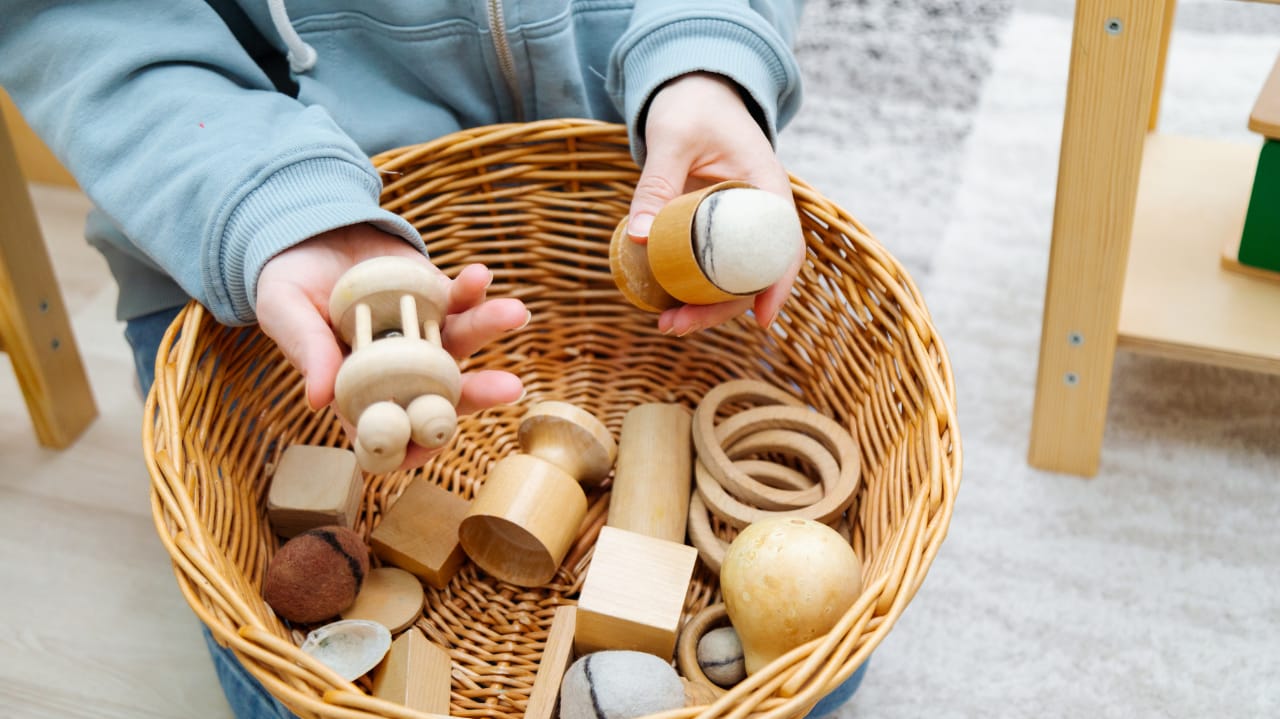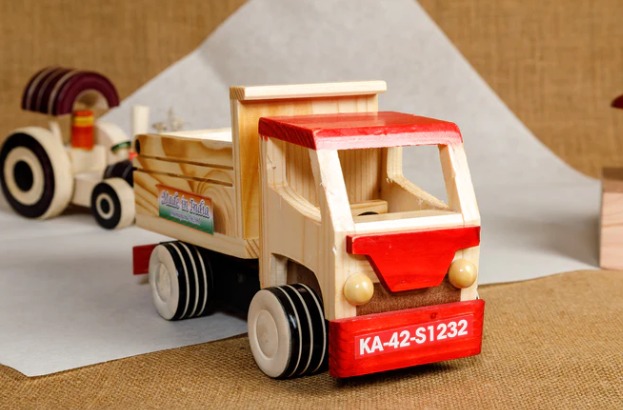Comparing Wooden Toys and Plastic Toys 2024

When it comes to choosing toys for children, the debate between wooden and plastic toys is an ongoing one. Both types have their advantages and disadvantages. In this blog, we’ll explore the differences between wooden and plastic toys in terms of durability, safety, educational value, and environmental impact to help you make a more informed decision.Comparing Wooden Toys and Plastic Toys 2024
Durability and Longevity
Wooden Toys:
Wooden toys are renowned for their sturdiness and longevity. Made from natural materials, these toys can withstand rough play and are less likely to break compared to their plastic counterparts. They can often be passed down through generations, offering a nostalgic value that grows over time.
Plastic Toys:
Plastic toys, while sometimes more flexible, are prone to breakage and can degrade over time.
The lifespan of a plastic toy is generally shorter, and they are more likely to crack or break under pressure or after repeated use.
Safety and Health
Wooden Toys: Wooden toys are typically made from natural materials and are often finished with non-toxic, water-based paints. This makes them a safer choice, particularly for younger children who might put toys in their mouth. The risk of exposure to harmful chemicals is significantly lower with wooden toys.
Plastic Toys: Safety concerns regarding plastic toys include the potential presence of BPA, phthalates, and other harmful chemicals that can leach out, especially as toys age or break.
Many plastic toys are now labeled as BPA-free, but the risk of exposure to other unknown chemicals remains a concern for many parents.
Educational Value
Wooden Toys: Wooden toys often encourage more imaginative play due to their simplicity. They are less likely to be highly detailed and do not usually make sounds or light up, which requires children to use their creativity and imagination more actively.
This kind of play is crucial for cognitive development and problem-solving skills.
Plastic Toys: Many plastic toys come with electronic components that can enhance educational value through interactive learning (e.g., speaking toys that teach numbers, letters, or even languages). However, these features can also be overly stimulating and limit imaginative play.
Environmental Impact Comparing Wooden Toys and Plastic Toys 2024
Wooden Toys: Wooden toys are generally more eco-friendly. They are made from renewable resources and are biodegradable.
The production process for wooden toys also tends to have a smaller carbon footprint. Additionally, because they last longer, wooden toys contribute less to landfill waste.
Plastic Toys: Plastic toys contribute significantly to environmental pollution. They are made from petroleum products and are less likely to be recycled, often ending up in landfills where they can take hundreds of years to decompose. The production and disposal of plastic toys have a high environmental cost.
Cost and Accessibility
Wooden Toys: The initial cost of wooden toys might be higher than plastic toys due to the materials and craftsmanship involved.
However, their durability can make them more cost-effective in the long run as they need to be replaced less frequently.
Plastic Toys: Plastic toys are usually cheaper to buy, which makes them more accessible to a wider range of families. Their lower cost also allows for a greater variety of toys to be purchased on a limited budget.Comparing Wooden Toys and Plastic Toys 2024
FAQs
Are wooden toys always a better choice than plastic toys?
While wooden toys have many benefits, the best choice depends on the specific needs and values of each family.Comparing Wooden Toys and Plastic Toys 2024
Wooden toys are generally safer and more sustainable, but plastic toys can offer educational benefits that are hard to replicate with wooden ones.
How can I ensure the wooden toys I buy are sustainably sourced?
Look for wooden toys that are certified by organizations like the Forest Stewardship Council (FSC), which ensures that the wood has been harvested in a sustainable manner.Comparing Wooden Toys and Plastic Toys 2024
Can plastic toys be recycled?
While many plastic toys are made from recyclable materials, the actual recycling of these toys can be challenging due to the presence of batteries, metal parts, or different types of plastics used in one toy. It’s best to check with local recycling guidelines.
Are there any safe plastic toys?
Yes, many manufacturers now produce plastic toys that are free from BPA, phthalates, and other harmful chemicals.
Always look for toys that specify they are free from these chemicals and check for safety certifications.Comparing Wooden Toys and Plastic Toys 2024

